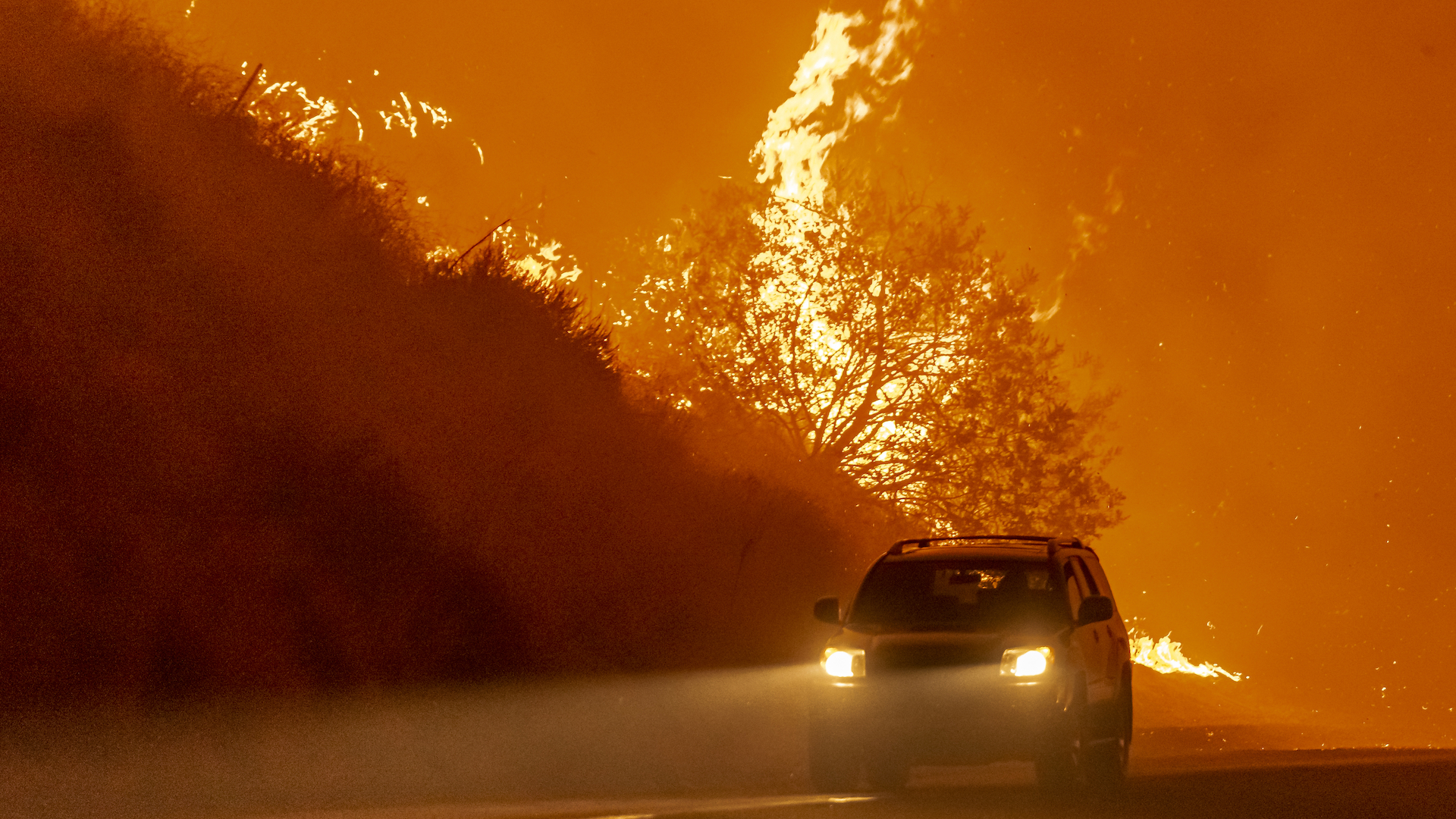
Climate change has made three-quarters of the Earth's land permanently drier in the last three decades, a landmark United Nations (UN) report has warned.
77.6% of Earth's land has become drier in the last three decades compared to the 30 years prior, with drylands expanding by an area larger than India to cover 40.6% of the land on Earth, except for Antarctica.
And the findings, released in a new report by the UN Convention to Combat Desertification ((UNCCD), warn that if the trend continues, up to five billion people could live in drylands by the century's end — causing soils to deplete, water resources to dwindle, and vital ecosystems to collapse.
"For the first time, the aridity crisis has been documented with scientific clarity, revealing an existential threat affecting billions around the globe," Ibrahim Thiaw, the UNCCD executive secretary, said in a statement. "Droughts end. When an area's climate becomes drier, however, the ability to return to previous conditions is lost. The drier climates now affecting vast lands across the globe will not return to how they were and this change is redefining life on Earth."
As climate change causes temperatures to rise around the globe, water evaporates more readily from its surfaces, and the atmosphere gains an ever increasing capacity to absorb it.
This is pushing much of the planet into increasingly arid conditions — permanently transforming once verdant forests into arid grasslands and removing the moisture needed for life and agriculture.
This issue, alongside destructive land use and the mismanagement of water resources, means that nearly three billion people and over half of global food production are facing "unprecedented stress" on their water systems, according to one recent study.
Yet despite being a growing concern among scientists, documenting the extent of the planet's drying due to climate change has been a challenge, largely, the report claims, due to the complexity of interwoven factors, conflicting results, and the muddying effect of scientific caution.
To move past this deadlock, the authors behind the new report used advanced climate models, standardized methodologies and an extensive review of the existing literature and data to get a clear picture of the growing drying trend.
And their findings are stark: aridity is now affecting 40% of the world's agricultural land and 2.3 billion people, causing intensified wildfires, agricultural collapse and spurring growing mass migrations. Areas particularly hard hit include almost all of Europe, the western United States, Brazil, eastern Asia, and central Africa.
Yet the report's authors say that if action is taken, the future need not look so bleak. The comprehensive roadmap they offer for tackling the crisis — besides drastically reducing carbon emissions to halt the trend — includes improved monitoring of aridity, better uses of land and water, and fostering resilience and cooperation within and between communities around the world.
"Without concerted efforts, billions face a future marked by hunger, displacement, and economic decline," Barron Orr, the UNCCD's chief scientist, said in the statement. "Yet, by embracing innovative solutions and fostering global solidarity, humanity can rise to meet this challenge. The question is not whether we have the tools to respond — it is whether we have the will to act."







